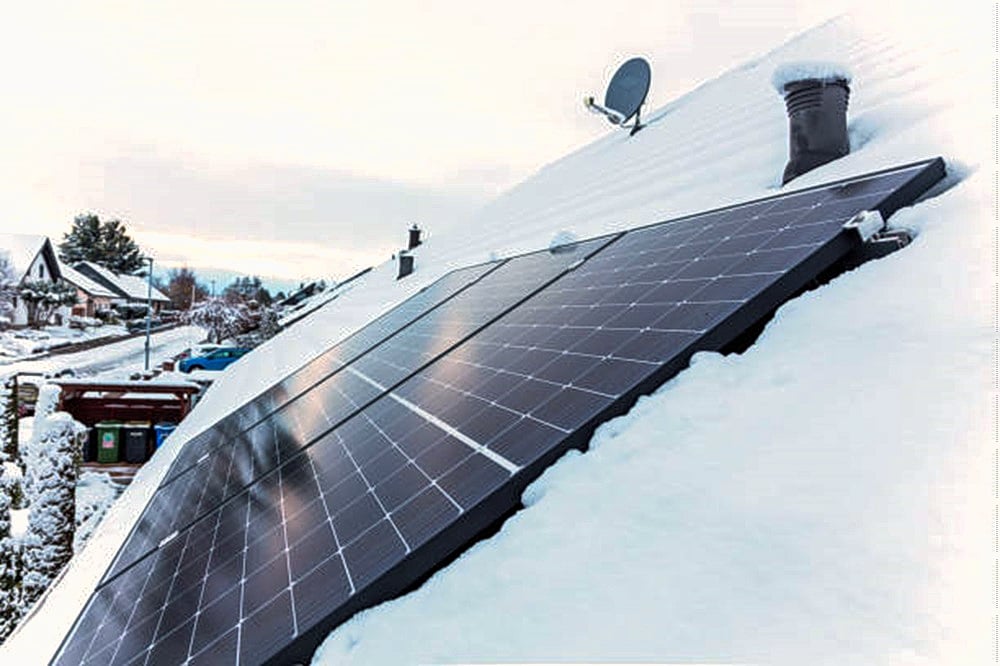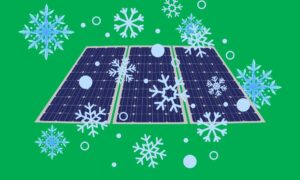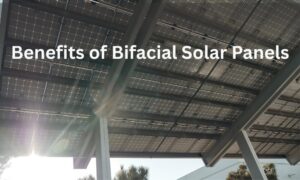Australia’s diverse climate presents unique challenges for solar panel efficiency, particularly during the winter months. As a nation highly reliant on solar energy, understanding how well solar panels perform in winter is crucial for optimising energy generation. Contrary to popular belief, solar panels continue to generate electricity during winter, albeit at varied efficiency levels compared to other seasons. Exploring the factors influencing solar panel performance during Australian winters can provide valuable insights into maximising their effectiveness year-round.
Ready to upgrade your solar panels and take your energy savings to the next level? Embrace the energy efficiency revolution by upgrading your solar panels, battery or solar inverters with Energy Matters.
With our 3 free solar quotes, you can compare plans from pre-qualified and vetted installers in your area and find the perfect solution for your home and business. Harness the sun’s power and save money on electricity bills while reducing environmental impact. Let Energy Matters guide you towards a brighter, more sustainable future.
The good news: Solar panels in winter can be solar-friendly
Contrary to popular belief, winter in Australia doesn’t spell doom and gloom for solar power. There are some advantages:
- Cooler temperatures: Solar panels perform more efficiently in cooler weather. Higher temperatures can lead to energy losses due to heat, so winter’s chill becomes a hidden efficiency booster.
- Clearer skies in some regions: While winter brings more clouds on average, some parts of Australia, like the southern states, often experience clearer skies during this season. This can lead to increased sunlight exposure for your panels.
The not-so-good news: Sunlight hours take a dip
The main challenge in winter is the shorter daylight hours. This means less time for your panels to soak up the sun’s rays and generate electricity. Here’s a breakdown:
- Reduced energy production: Expect a 20-30% decrease in energy output compared to summer months.
- Peak generation shifts: The peak generation time will likely shift earlier in the day due to the earlier sunrise and later sunset.

Optimising your winter solar performance
To make the most of your solar panels in winter, consider these tips:
- Panel tilt and orientation: Ensure your panels are tilted at the optimal angle for your location to capture the most sunlight during winter months. North-facing panels are ideal in most Australian regions. Read more about Installing Solar: Does the Orientation of My Roof Matter?
- Keep them clean: Dust and debris can significantly impact efficiency. Regular cleaning is especially crucial in winter when sunlight is limited.
- Monitor and adjust: Use your solar monitoring system to track your energy production and adjust your energy usage habits accordingly. Consider shifting high-energy activities to when your panels generate the most power.
- Battery storage: Investing in a solar battery storage system can allow you to store excess solar energy generated during the day and use it during peak demand hours in the evening.
Unleash the potential of solar battery storage! Are you ready to transform the way you power your business or household? Say goodbye to rising electricity costs and unpredictable energy grids. The state-of-the-art solar battery systems empower you to maximise energy efficiency, save money, and reduce your carbon footprint while enjoying an uninterrupted power supply.
Let us discuss and choose the best quote that suits your needs and budget, and we can connect you with our trusted local installers, who will provide up to 3 FREE quotes for your business solar and home battery system.
Location, location, location
Australia’s vastness brings regional variations in winter sunlight. Northern cities like Darwin bask in longer daylight hours, while southern Tasmania experiences shorter days. This means that panel tilt and system size might need adjustments based on your location to maximise winter energy capture.
Tips for bright solar panels during winter
- Tilt your panels: Optimising the angle towards the winter sun can significantly boost energy production. Consider consulting a solar professional for the ideal tilt in your region.
- Keep them clean: Dust and debris can act like tiny sunshades, reducing efficiency. Regular cleaning, especially after storms, ensures optimal performance.
- Monitor your system: Track your energy production through monitoring apps or devices. This helps you understand your winter usage patterns and adjust energy consumption accordingly.
- Embrace energy-saving habits: Winter often means increased reliance on heating. Combining solar with energy-efficient appliances and smart home practices can further offset your energy bills.
Read more about solar panel cleaning and maintenance
- Cleaning Solar Panels: Why, When, and How You Should Do It
- Solar Panels Maintenance
- Are Dirty Solar Panels Less Efficient And Do They Need Maintenance?
- The Ultimate Guide and Benefits of Hiring a Professional Solar Panel Cleaner
- How Much Does Solar Panel Cleaning Cost? Factors to Consider
- Why Investing in Solar Panel Cleaning Pays Off
- Solar Panels in Australia – Tips, Prices & Key Info

Regional variations: A tale of two winters
Australia’s vastness means winter experiences vary greatly across the country. Here’s a quick glimpse:
- Southern states: Places like Melbourne and Sydney experience milder winters with more sunshine hours compared to the north. This can translate to better solar performance compared to other regions.
- Northern states: Darwin and Brisbane have hot, humid winters with frequent
Additional resources:
- Clean Energy Council: https://www.cleanenergycouncil.org.au/
- Australian Renewable Energy Agency: https://arena.gov.au/
- Bureau of Meteorology: http://www.bom.gov.au/

The verdict: Winter solar in Australia is a viable option
While winter might bring shorter days and less sunlight, solar panels in Australia are far from dormant. With their increased efficiency in cooler temperatures and strategic adjustments, they can still be a valuable source of clean energy, helping you save money and reduce your carbon footprint. So, embrace the winter sun, make the most of your panels, and remember, even a dimmer sun can cast a bright light on your energy independence!
Beyond solar power in winter
Remember, solar power is just one piece of the energy puzzle. Combining it with energy-efficient practices and potentially storing excess energy in batteries can create a resilient and sustainable energy system for your home or business, even in the chillier months. So, invest in the sunshine, embrace the winter, and power your Australian dream with the sun’s renewable magic!
Looking to save extra with solar and battery storage?
Looking to save extra with your Sungrow, GoodWe or Tesla Powerwall 2 installed solar battery*? Origin and Energy Matters have teamed up to provide customers with an additional way to save and make money!
Join Origin Loop VPP as an Origin electricity customer and earn a $400 bonus! Earn $1/kWh during peak demand by letting them draw on your battery-stored solar energy.
You’ll also enjoy a 13 c/kWh feed-in tariff^ and enjoy full transparency through the Origin app. No lock-ins; leave anytime, and your yearly energy export is capped at 200kWh. Win-win for you and the grid!
If you already have solar and a battery*, then sign up today! If you don’t, get up to 3 obligation-free quotes by getting in touch with us right away.
*Your battery must be eligible to participate. | ^Feed-in tariff rates are subject to change at any time. All FIT amounts include GST where applicable.












































